In recent years, the number of people living out of their cars, vans, or campers as nomads has grown for a number of reasons.
In Florida, a new group of people living out of their vehicles is due to a surprisingly high cost: homeowners insurance.
Increasing Costs of Homeownership
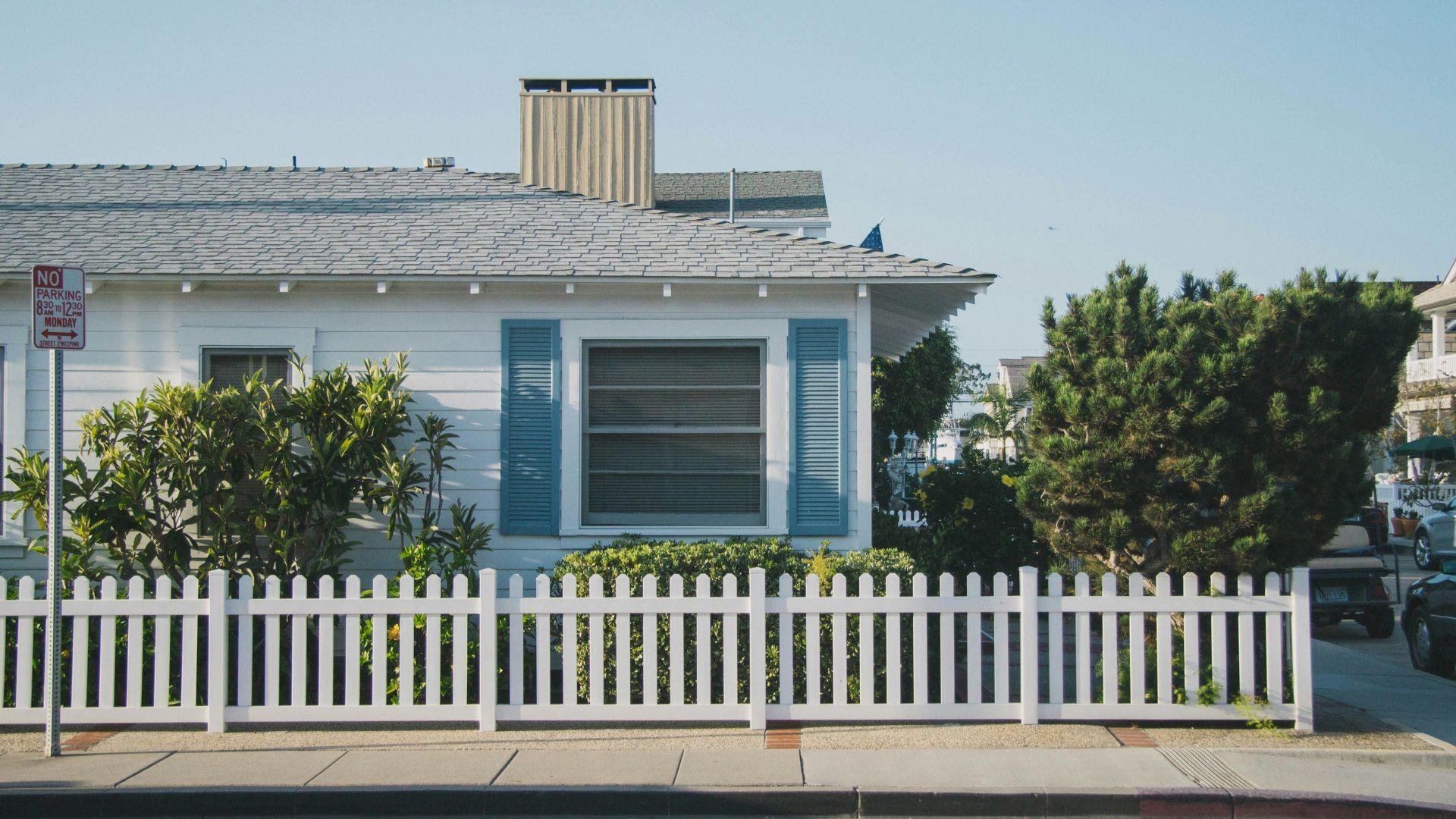
In early March, NBC2 News published a story about the amount of homeowners camping out in their cars after being devoted homeowners for years.
Due to the costs associated with mortgage rate hikes, inflation, and insurance, many people simply can’t afford to keep a roof over their head anymore.
Breakdown of the Price Hike
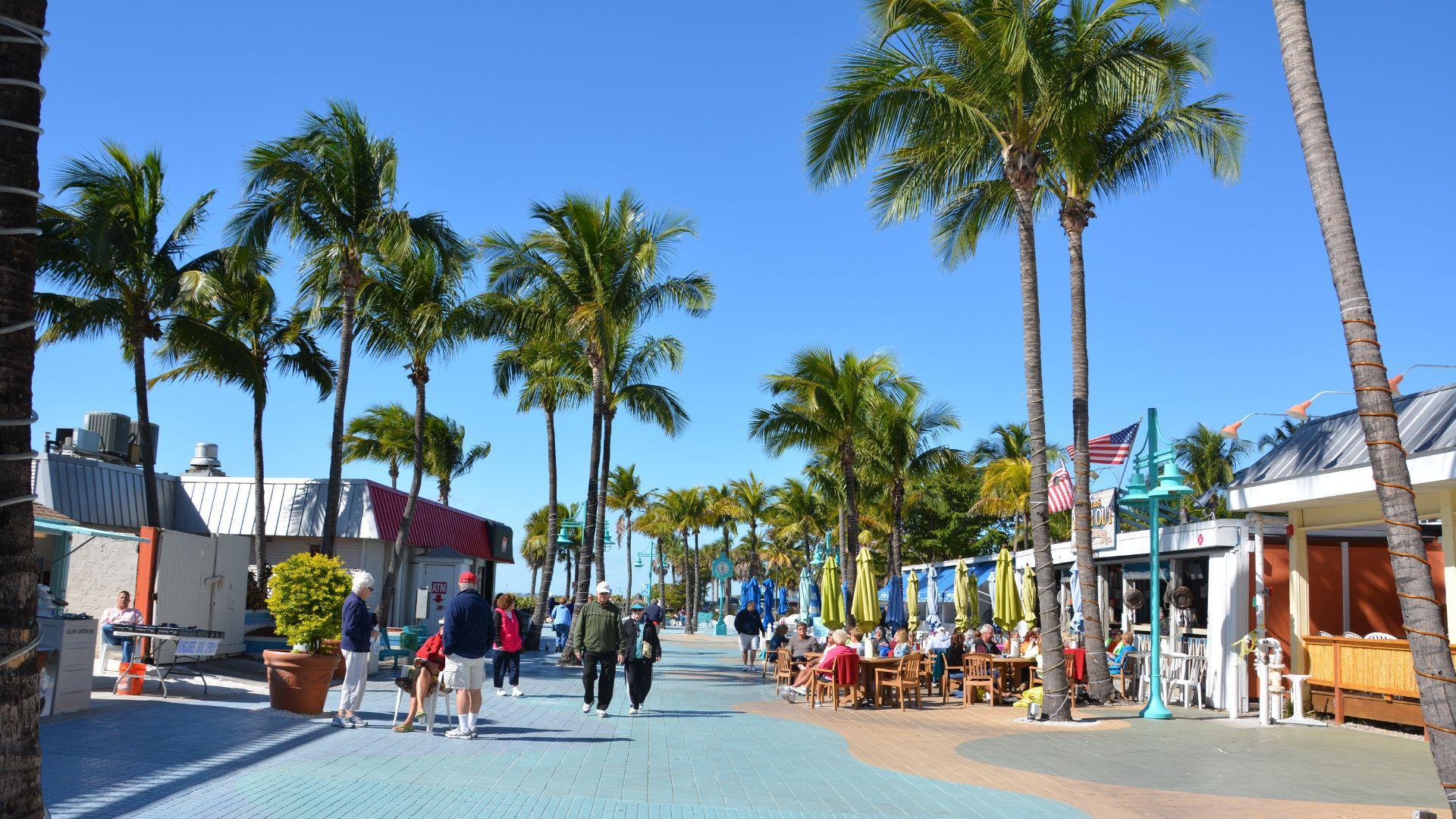
According to Insurance.com, homeowners in Florida pay about $4,419 for home insurance on a $300,000 home.
Compared to the national average of $2,601, residents in Florida have felt the pressure lately on their monthly bills.
Price Increases Are Out of Control

The monthly payment for insurance equates to about $368.25 at the lowest level. For many homeowners, the bills are stacking up.
Expenses like dramatic increases in mortgage interest rates reached higher than 6-7% this year. Alongside mortgage payments and utility bills, many people just can’t pay anymore.
Many Floridians Are Forced To Make Dramatic Measures

When speaking to NBC2 News, longtime Floridian Ann Rose said that her car insurance is now her only insurance.
After being forced out of her home due to rising costs, Ann has decided that living out of her car is the only option she has left.
Another Crisis on the Market
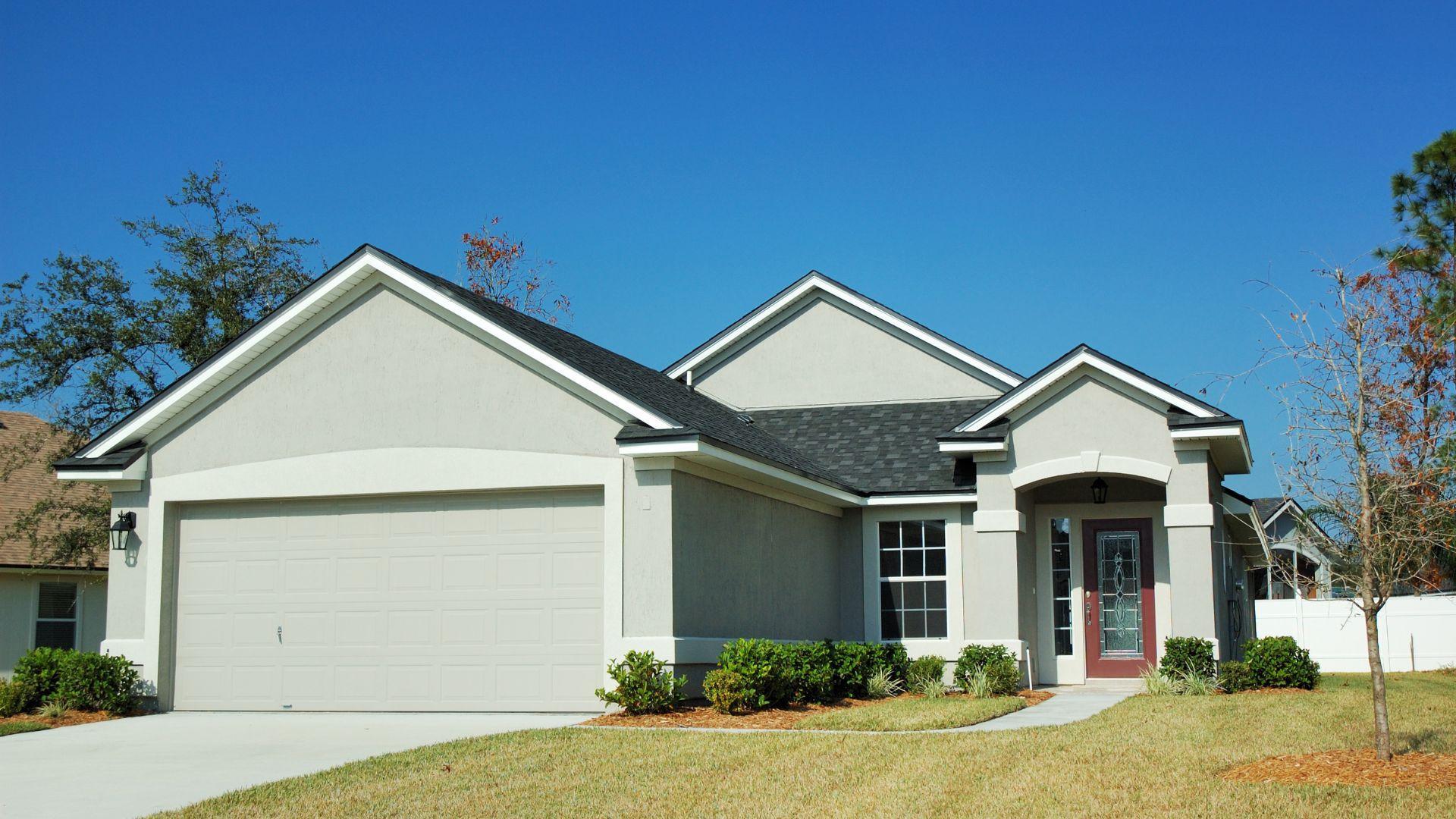
Due to the increased price, insurance buyers must now meet even stricter measures to be able to qualify.
These tighter rules mean that although insurance costs have skyrocketed for some, others do not qualify for insurance at all and have to forgo buying a home at all.
The Issue Is Causing Many Retirees To Flee the State
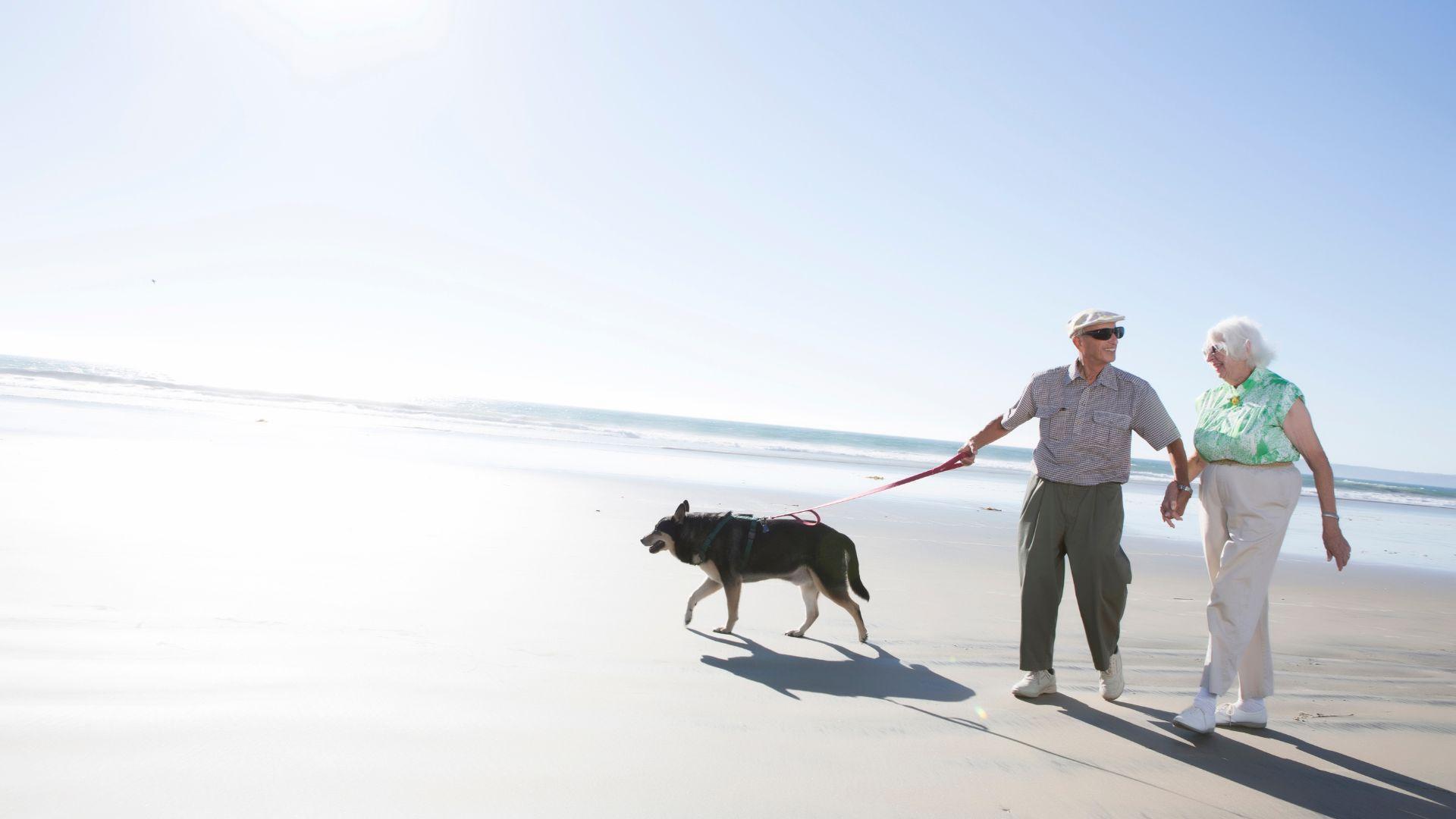
Florida was once known as a safe haven for seniors to retire on pensions or modest budgets in a safe and warm location.
The recent policy changes, along with an eye watering $1,000 hurricane deductible in case of tropical storm damage, has caused many seniors to move out of state.
Climate Change Feuling High Insurance Risks
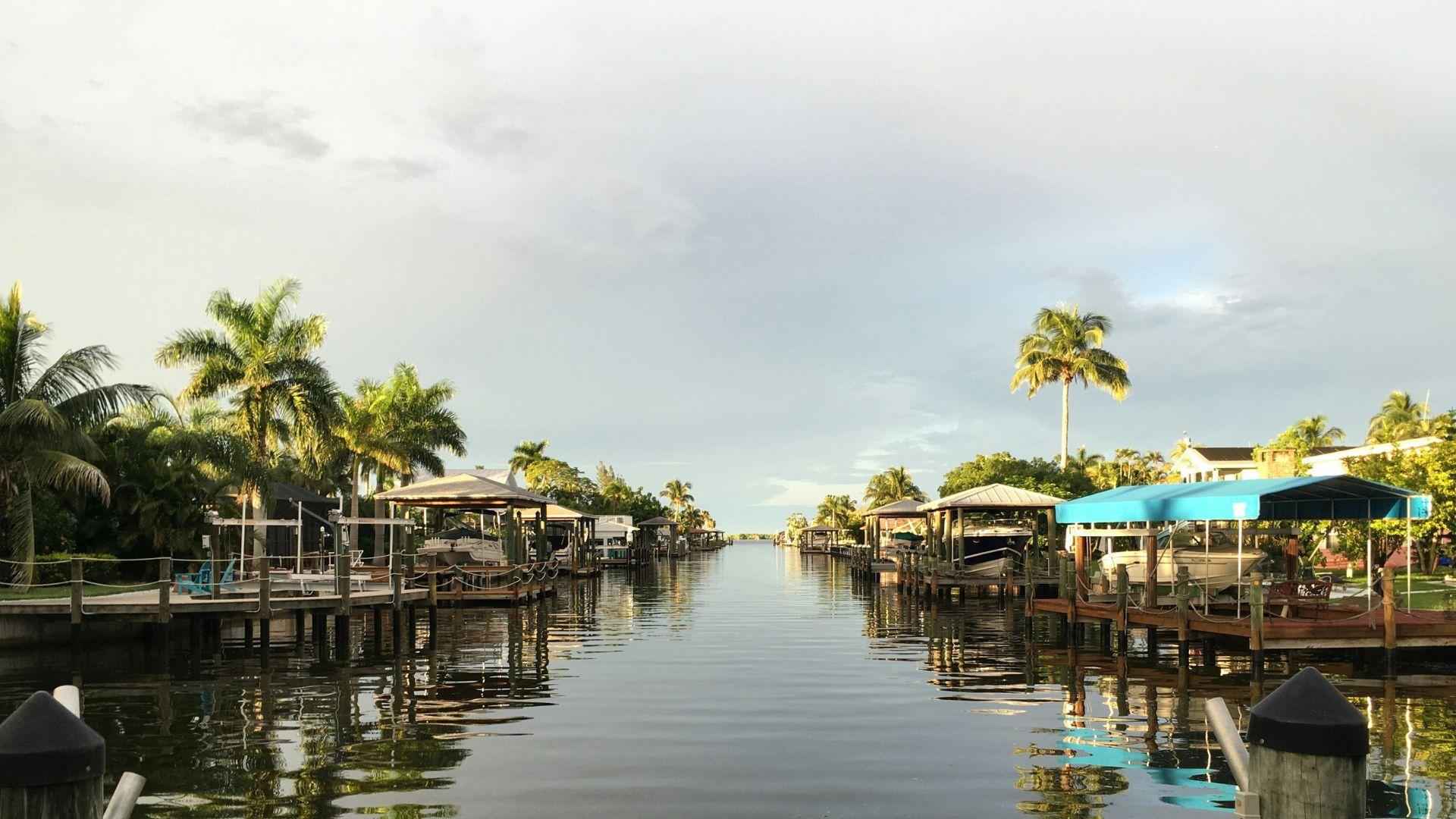
Many scientists predict that Florida could be underwater by 2100, and that the lower third of the state will be completely unlivable.
Due to the increasing changes in weather patterns, rising tides, and unstable ground, insurance on the homes closest to the coast have felt the brunt of the price hikes.
Many Homeowners Already Living on the Edge
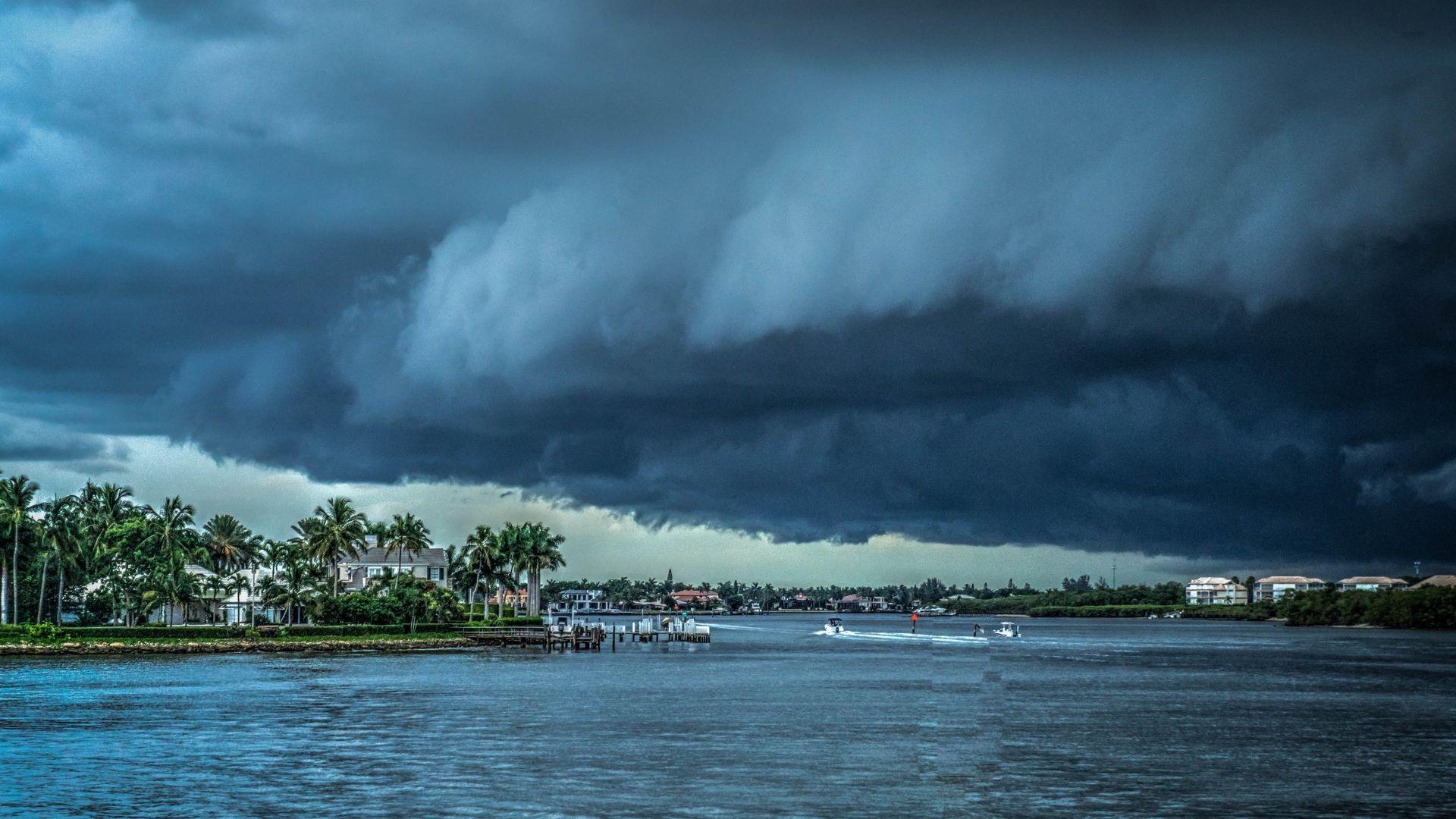
Some people living in hurricane prone areas already live with the knowledge that their house may not be a desirable purchase for a new family in the future.
Along with the inability to pay insurance prices and premiums, many people know that they are taking a severe financial risk just by staying in the sunshine state.
Insurance Lenders Bogged Down With Bogus Claims
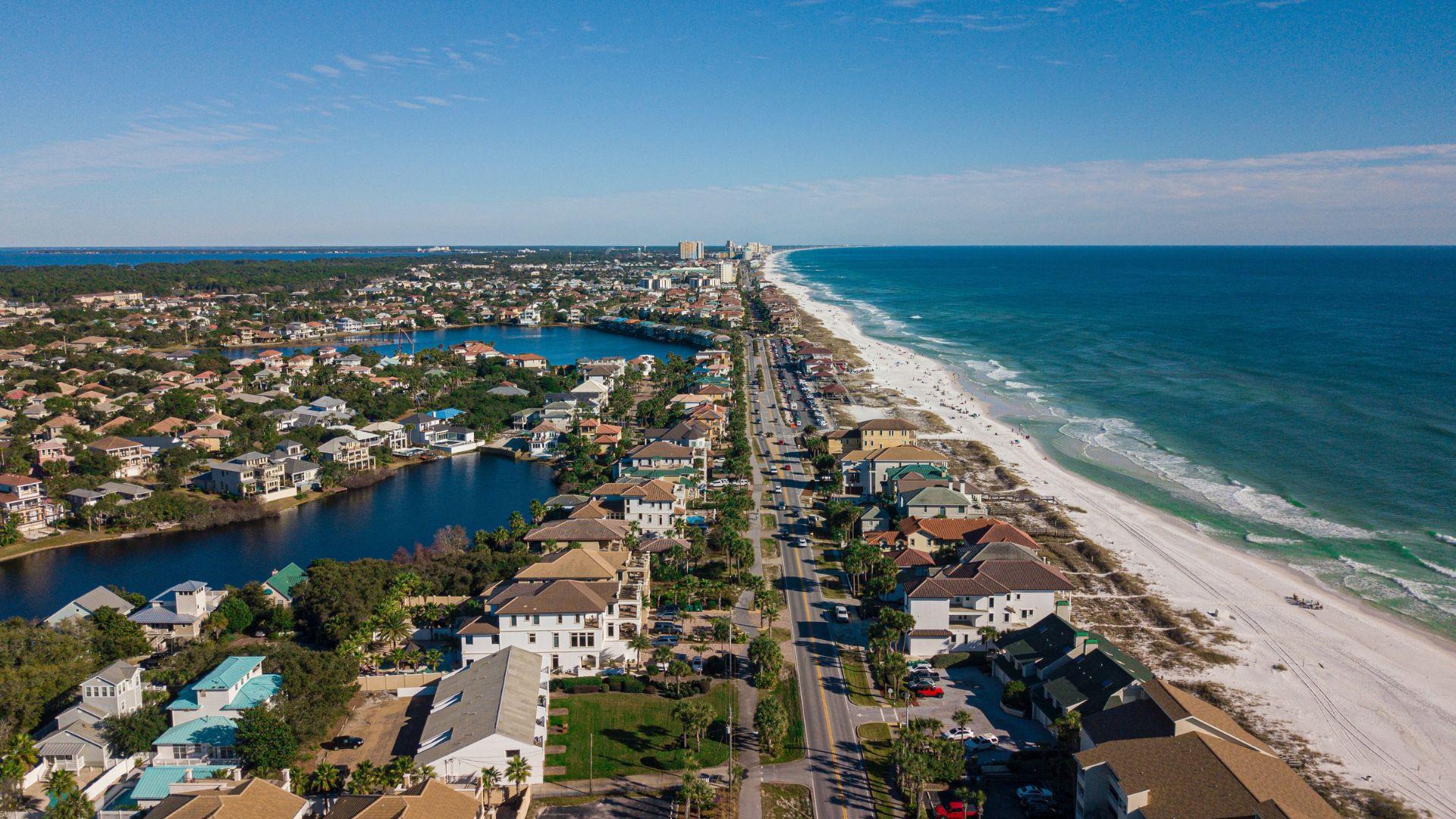
Another major issue contributing to the rising costs of insurance for homes is the wild amount of fraud and litigation happening in Florida.
As reported by the Florida governor’s Office, the state accounts for 79% of all insurance lawsuits by homeowners within the entire United States. A staggering number for a state that makes up 6% of the U.S. population.
Issues Have Caused Insurance Lenders To Go Under
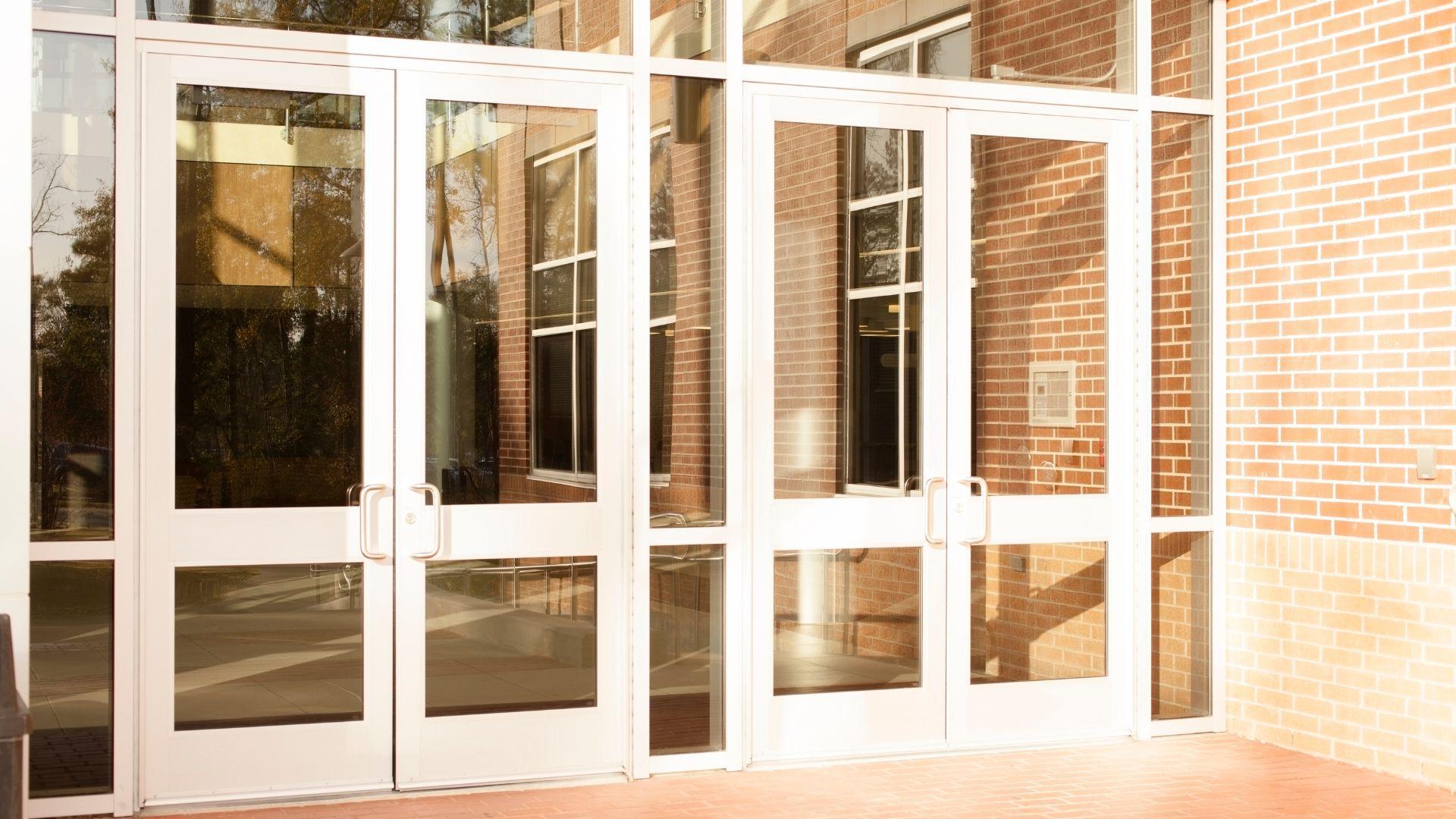
Due to the issues finding safe homes to insure and the high level of lawsuits filed by homeowners in the state, insurance lenders have often been forced to close their business.
Businesses that have stayed in the state have been forced to raise their rates, leaving the average homeowner in a tough position.
Creative Problem Solving

Many residents have chosen to stay in Florida but cut their costs dramatically by living out of their cars.
Insurers and lawmakers should be working together to solve the cost of living crisis to keep Florida affordable for the average family.
Historical Trends in Florida’s Home Insurance

For decades, Florida’s home insurance rates have risen significantly due to frequent hurricanes and flooding. Historically, legislation and market demands have fluctuated, often leading to sharp increases in premiums (via HBKS Wealth Advisors).
Understanding these trends is crucial for assessing the current crisis and predicting future shifts, providing context for today’s high costs compared to relatively stable prices in the early 2000s.
Rise of Alternative Insurance Models

In response to soaring costs, Floridians are increasingly turning to alternative insurance models. Peer-to-peer insurance and microinsurance offer more flexible, community-oriented solutions that can be cheaper and more tailored to individual needs (via NAIC).
These models represent innovative approaches to mitigating risk without traditional insurers’ overheads.
Mental Health Impacts

The stress of financial instability and the drastic lifestyle change of living out of vehicles takes a significant toll on mental health.
Experts highlight increases in anxiety and depression among displaced homeowners. Continuous uncertainty exacerbates these conditions, making mental health support essential for affected communities.
Physical Health Consequences

Living out of a car can lead to serious physical health issues as well, including chronic back pain, poor sleep quality, and reduced access to sanitary facilities.
Health professionals warn that such conditions can lead to long-term health problems, urging for immediate interventions to provide relief and support to those forced into these living situations.
Family Dynamics and Social Impact

According to the CDC, the pressure of high insurance costs disrupts family units, often leading to strained relationships and instability.
Children face disruptions in their education and social lives, growing up in a constant state of uncertainty. This upheaval can have lasting effects on their development and future opportunities.
Florida vs. California

Insurance markets in Florida and California are diverging in response to climate disasters. California has seen insurers exit due to wildfire risks, impacting thousands of policies. Despite these departures being considered minor by the California Department of Insurance, the trend, including State Farm’s plan to cut 72,000 policies, highlights a growing crisis.
In contrast, Florida faces challenges from hurricanes and flooding, but the state’s response and insurer strategies differ markedly, leading to unique outcomes for homeowners.
Florida vs. Texas
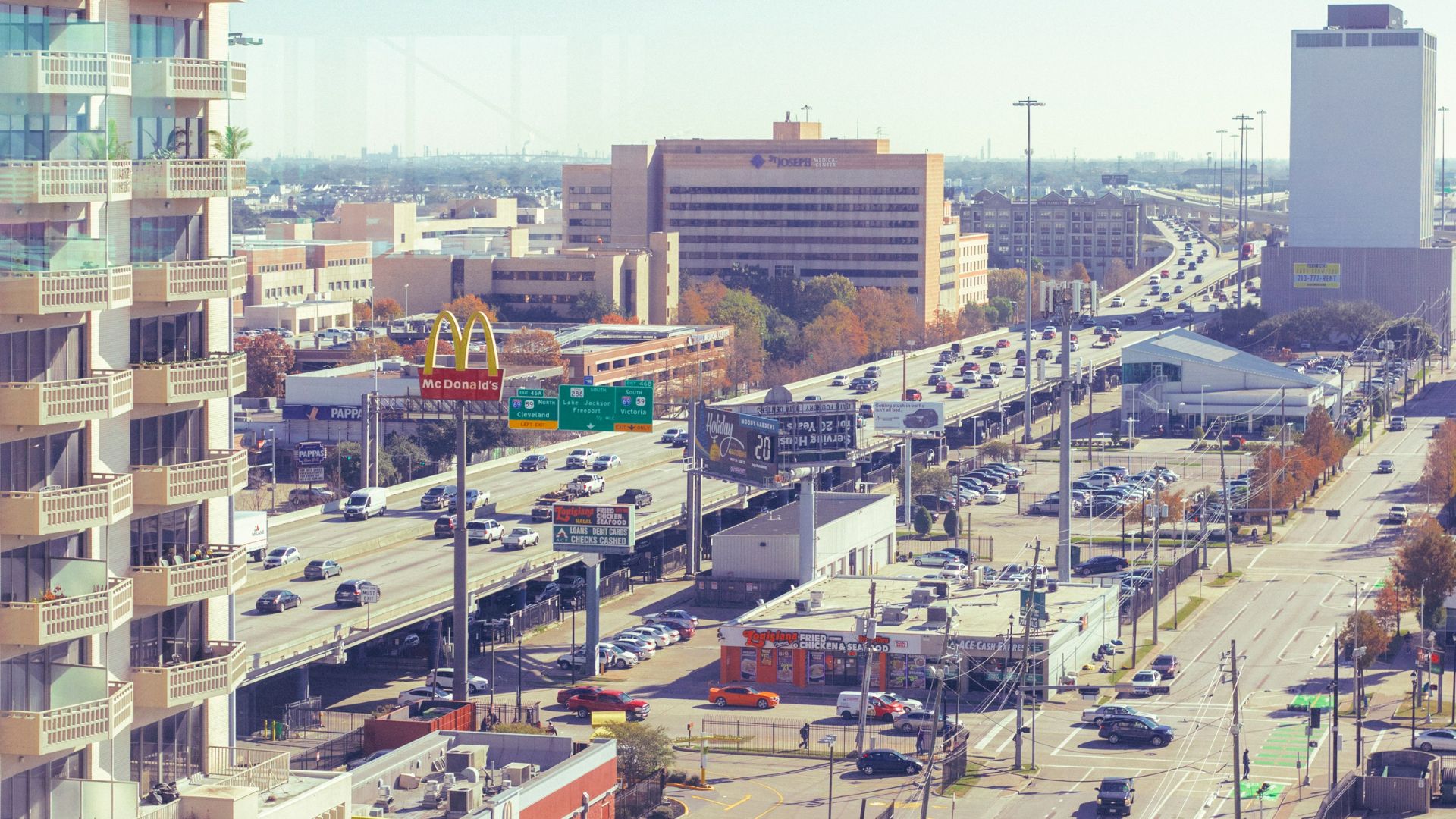
In 2023, Texas saw a 22% spike in home insurance rates, doubling the national average due to a surge in billion-dollar disasters and rising rebuilding costs fueled by inflation and climate change (via the Texas Tribune).
This major increase highlights Texas’s proactive yet costly approach to managing climate change impacts, contrasting with Florida’s ongoing challenges.
Predictions for the Future

Experts forecast that without significant intervention, Florida’s insurance market will continue to see price hikes, driven by climate change and increasing hurricane frequency (via Insurance Business Magazine).
These factors are expected to make insurance unaffordable for more residents, potentially leading to greater displacement.
Recent Bills and Proposals

Recent Florida legislation aims to curb the soaring insurance costs by enhancing state oversight and providing subsidies to lower-income homeowners.
These measures are designed to provide immediate relief while encouraging long-term solutions to ensure the insurance market’s sustainability.
Successful Policy Interventions

Case studies from states like New York and Washington illustrate successful interventions in the insurance market, such as capped rate increases and government-backed insurance pools.
These examples provide potential strategies that Florida could consider to address its current crisis.
Seeking Sustainable Solutions

The challenge of high home insurance costs in Florida demands innovative, sustainable solutions.
It’s important for insurers, lawmakers, and communities to collaborate on comprehensive strategies that address both immediate needs and long-term stability. A collective effort is essential to keep Florida affordable and livable for all residents.
Seeking Collaborative Efforts for Insurance Stability

Bringing together insurance companies, government bodies, community leaders, and homeowners can help innovative solutions to stabilize the market. Such collaborations might involve creating more resilient building codes, implementing state-backed insurance pools, or offering incentives for homeowners to upgrade their properties against extreme weather.
These joint efforts can ensure a sustainable insurance landscape that supports Florida’s diverse population, mitigating the risk of more residents being forced to live out of their cars.
